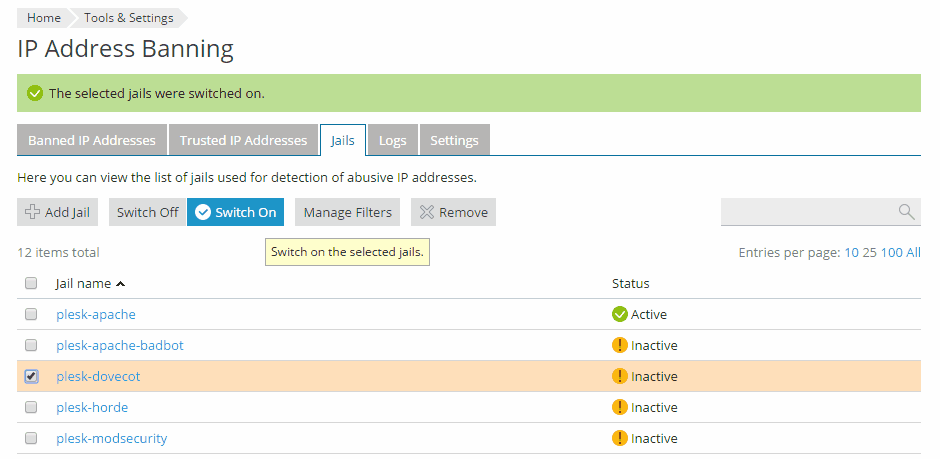Postfix Configuration File Plesk Hosting
How to install and secure Dovecot in Plesk 12 I’ve just installed the Dovecot Mail Service on one of my Plesk 12 servers. It’s an alternative to the old favourite Courier IMAP/POP and a new addition in Plesk 12. Dovecot does more or less the same as Courier (i.e. Lets you receive mail), but it’s a bit more configurable and debug friendly. It also offers server-side mail filtering which is accessible via the Plesk Webmail services Roundcube and Horde.

In this article I’ll show you how to install Dovecot in Plesk 12, and how to add your own SSL certificates for mail. In my previous article I’ve explained how to do this with the.
If you’re building Plesk 10+ servers for shared hosting. In the /etc/postfix/master.cf file that have smtpd. To “Recommended postfix tuning for Plesk 10.
Installing Dovecot in Plesk 12 Head over to • Tools and Settings (or the Server Tab) • under the Plesk heading • Updates and Upgrades Select Add or Remove Components and under Mail Hosting Features, find the option for Different IMAP/POP3 server: You can only install either Courier or Dovecot. Switching will automatically uninstall the component you currently have and instead install the other one. Note that switching Courier for Dovecot will preserve all mailboxes and will not affect your outgoing mail services. Lexicomp Drug Information Handbook on this page. Give Plesk a moment until your see the “installation has finished” message. You’re now running Dovecot! Patching Dovecot SSL Certificates As with Courier, Dovecot will use self-signed certificates for secure connections.
This means that a nasty window is likely to pop up when clients connect. You can suppress this window by specifying your own SSL Certificates. The default configuration file for Dovecot is in /etc/dovecot/dovecot.conf. However the file states that any changes you make here are wiped when an upgrade comes along. Instead, take a look at the /etc/dovecot/conf.d/ directory in which you’ll find three files by default: • 10-plesk-security.conf • 15-plesk-auth.conf • 90-plesk-sieve.conf You can add your own configuration snippets here, each beginning with a number and ending with.conf. The lower the number, the earlier your snippet is loaded. The higher the number, the later it is loaded.
You get the picture. Let’s create /etc/dovecot/conf.d/5-ssl.conf for our purposes. Because I had already configured my certificates for Courier they are still in /usr/share/imapd.pem – but feel free to place your.pem files anywhere you like. Here’s what my file looks like: # SSL Certificates for Dovecot are defined here ssl = yes # Path to your Certificate, preferred permissions: root:root 0444 ssl_cert =. Oh yes, I had that problem on a couple of systems too.
I’m sure there’s a perfectly logical explanation for it, and with several decades of research we’ll probably get to the bottom of it. But a much easier solution is to ditch Dovecot and use Courier instead. I know it makes zero sense, but I’ve noticed that on some systems, Dovecot just doesn’t want to work – and on others, I have trouble with Courier. They’re really easy to switch, and all your mail account settings are preserved. • Patrick 3:49 pm on December 10, 2015 . I’ve had a good bit of trouble getting it to work and testing it correctly. Here is my configuration /etc/dovecot/conf.d/5-custom-ssl.conf for debugging verbose_ssl = yes ssl = yes Path to your Certificate, preferred permissions: root:root 0444 ssl_cert =.